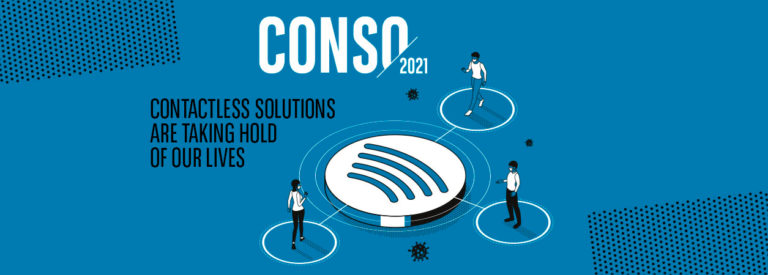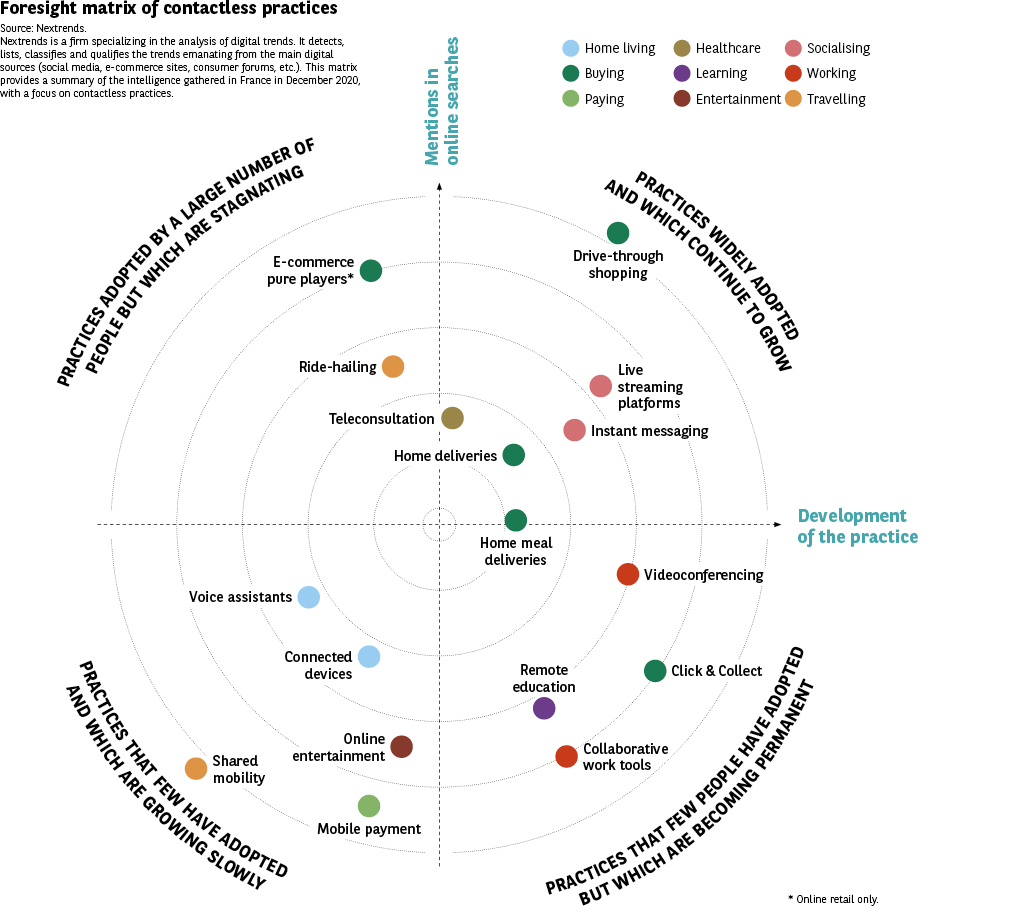Conclusion


More broadly, the importance assumed by contactless living has put technology centre stage. This technology can be “a useful servant but a dangerous master”, as Norwegian politician and historian Christian Lous Lange once remarked, paraphrasing Alexandre Dumas on the subject of money.
From transhumanism to hybridisation, a concept developed by Ray Kurzweil in which artificial intelligence is connected to human intelligence to enable the mind to exist outside of its biological confines, dreams of demiurgic technologies are far from uncommon. They prompt concern and questions in equal measure. They plot a path of innovation that Europeans are reluctant to follow. For Europeans, the most important aspect of contactless living is living itself (Fig. 37).

